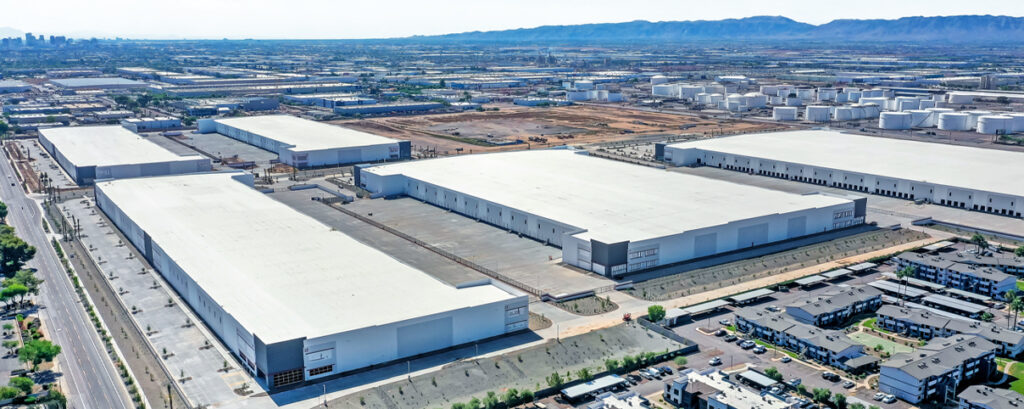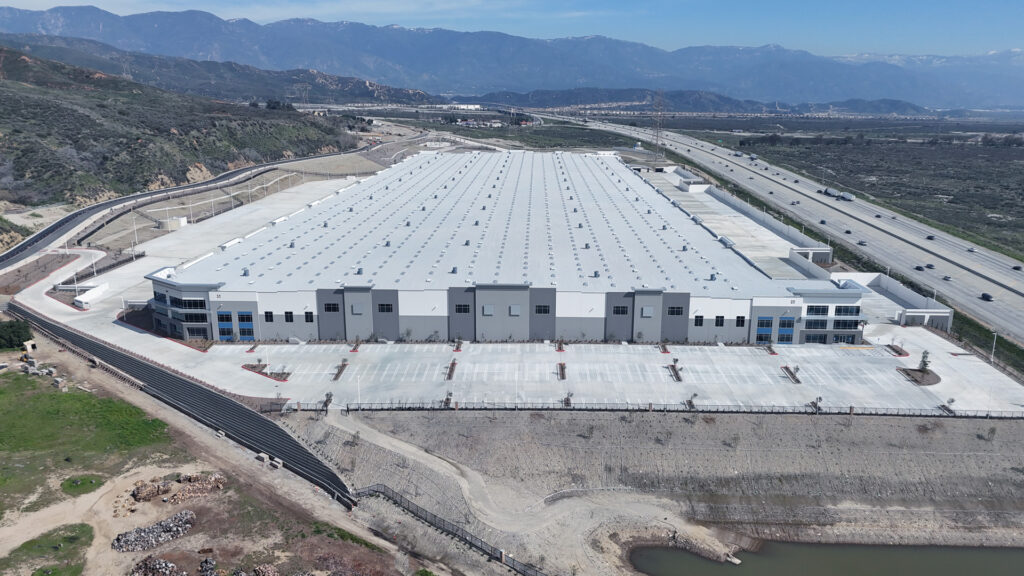“The Promising Nature of the West’s Industrial Real Estate” was originally published by Western Real Estate Business (REBusinessOnline.com)
on March 24, 2024 – Volume 21, Issue 7. Excerpt republished with permission.
…
The landscape isn’t what it was a few years ago, but at least two of the West’s major industrial players remain optimistic this is the market — and place — to be.
By Nellie Day
Deal volume isn’t at the breakneck pace that it was following the pandemic, but that doesn’t mean the opportunities have dried up out West — particularly where industrial is concerned. The region’s infrastructure and dense population bases allow industrial users to easily reach the masses, while the West’s coastal locales and room-to-grow inland areas remain attractive to investors.
Taylor Arnett, senior vice president of acquisitions at CapRock Partners in Newport Beach, Calif., notes that, like every market, this one has its struggles.
“There are challenges in every point of the market cycle,” he says. “Three years ago, the challenge was having 20-plus buyers competing for one investment opportunity and five-plus tenants for one space to lease. Today’s challenges are a ‘return to normalcy’ after unparalleled growth in rental rates and values. The pendulum effect was inevitable, and landlords are now actively navigating the balancing point of supply and demand.”
Arnett, however, knows that every market also comes with opportunities. That’s why CapRock is taking a proactive approach on leasing and looking for creative ways to find value on the buy side, employing business plans that meet the current and future needs of the ever-changing industrial market and its players.
Western Spotlights
CapRock generally invests in markets defined by high barriers to entry, strong population bases and proximity to the West Coast ports.
“With recent capital cost increases, tenants are looking for minimal downtime in the spaces they lease,” Arnett adds. “This translates to quick occupancy needs in fully improved, operational buildings. Also, unlike the Great Recession where demand seemingly softened in every region, we are seeing nuances in our Western portfolio.”
Los Angeles and Orange County, for example, are displaying upticks in subleases. Arnett says there are currently 39 sublease listings in these regions for 200,000 square feet and above, and another 10 listings for 500,000-square-foot facilities and larger.
“Market fundamentals remain strong due to significant barriers to entry on the supply side, but several groups are monitoring this sublease activity,” he says.
Conversely, the nearby Inland Empire is performing well in the 500,000-square-foot-and-above big box category, but it shows softening in the 100,000- to 250,000-square-foot space range.
“Landlords are getting very aggressive to land credit tenants,” Arnett says. “In some cases, they’re offering record-high levels — six or more months — of abated rent and/or discounted temporary teaser rates.”

Colson Group USA leased 118,833 square feet at West 202 Logistics. The manufacturer and distributor of caster, wheel and related hardware products will occupied the space late last year.
Unlike the Inland Empire, Phoenix users are embracing 250,000 square feet and below. Arnett points to Phase I of CapRock’s West 202 development as evidence of this.
The first phase brought 2.5 million square feet of Class A industrial warehouse to Phoenix when it was completed last July. Colson Group USA, a manufacturer and distributor of caster, wheel and related hardware products, leased 118,833 square feet at the center.

…
Read the full article here.




